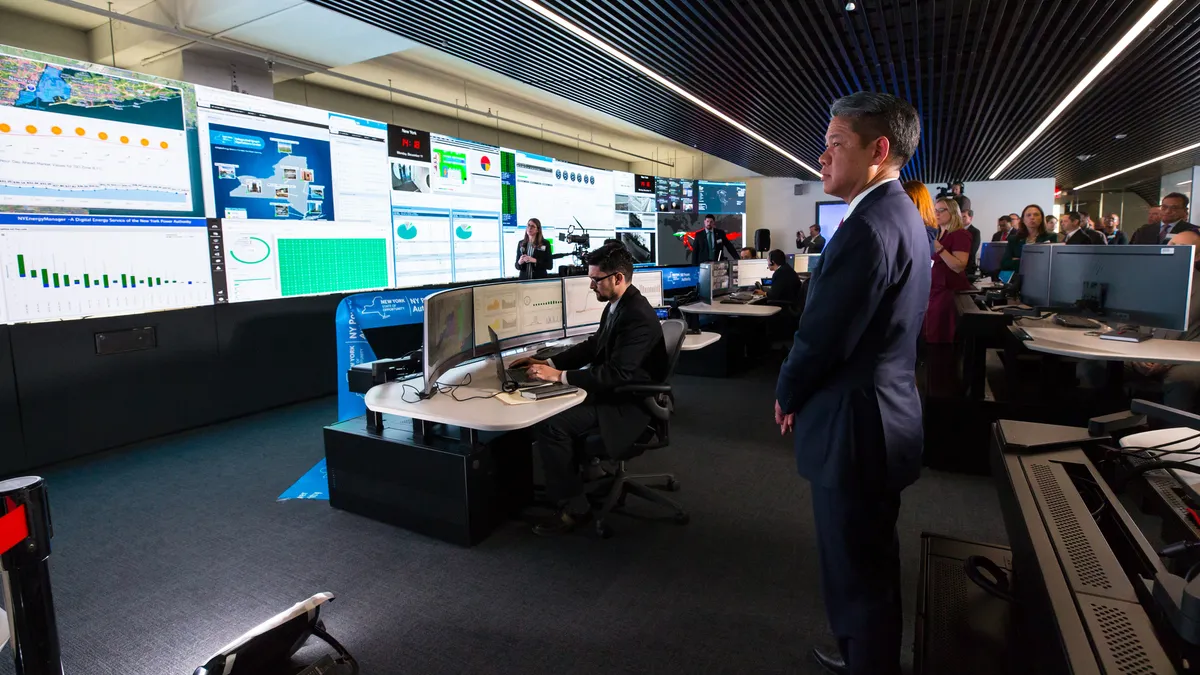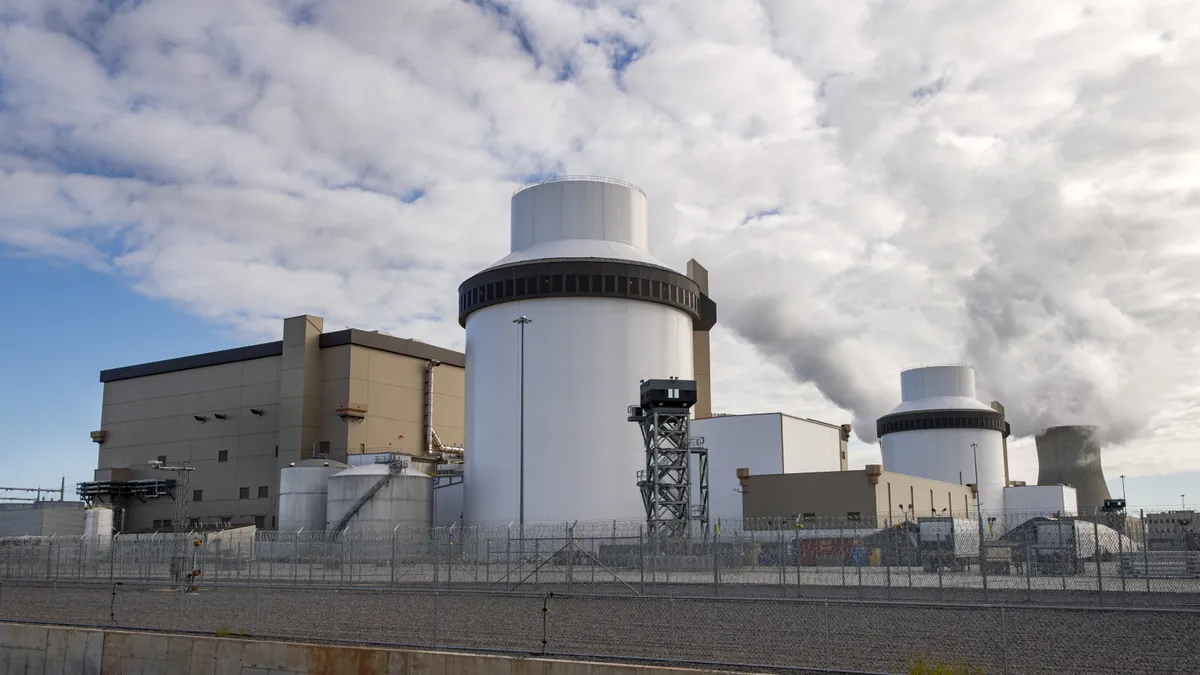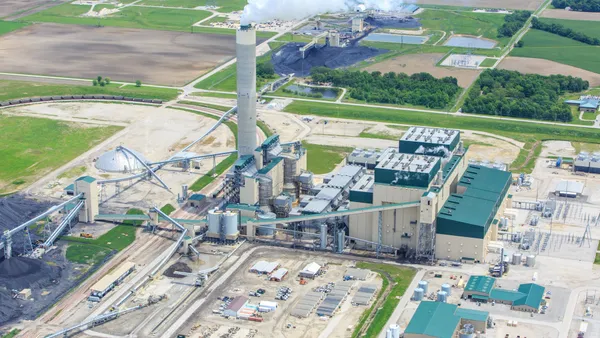ANAHEIM, Calif. — The New York Power Authority (NYPA) president and CEO Gil Quiniones likened the state utility's Integrated Smart Operations Center (ISOC) to an iPhone while highlighing the opportunity for third-party partnerships in an ongoing grid digitization initiative on Monday at the Energy Storage International / Solar Power International (ESI & SPI) Conference.
Quiniones seeks to advance collaborative efforts with collected data from NYPA's assets and its customers' energy systems similar similar to the various applications developed for a smartphone platform.
But to get to that point, NYPA will need to build out its dedicated fiber communication network over the next two years, adding more sensors to its power plants, substations and transmission systems, Quiniones told Utility Dive.
"And based on that, we can slice and dice the data and tease out patterns and actionable insights to increase our productivity, to predict failures so that we can operate and maintain our assets much more intelligently," he said.
In addition, with over 20,000 governmental buildings attached to NYPA’s digital structure, Quiniones said the utility aims to add more sensors to build a "better picture of their energy system and how they use energy."
"What we're building really is a decision support system where we get the information flowing into our system," he said.
NYPA's progress on 'sensor'-ship
The ISOC is monitoring 26,000 data points to date, according to NYPA spokesperson Paul DeMichele, whether it’s on the customer side or regarding their own assets the company's assets.
"The goal is to increase that to over 90,000 data points through the deployment of nearly an additional 1,000 sensors," DeMichele wrote Utility Dive via email.
NYPA partnered with GE almost a year ago to add sensors and advance its digitization plans at 16 generating facilities, along 1,400 miles of transmission lines, and in the thousands of public buildings it monitors.
The first phase of sensor deployment was approved by NYPA's Board of Trustees in April, clearing $9.3 million as part of a multi-stage program estimated to cost $55 million.
Earlier this month, NYPA announced a second goal to develop a digital, real‑time simulation model of the state's entire transmission system by the end of 2018.
When seeing double can be a good thing
NYPA's digitized grid uses the idea of collecting data without actually changing its decision-making systems. The effort does not involve overriding any of its power plant control rooms or control centers for its transmission system. Instead, it works to create a digital twin of the grid to receive real-time or close to real-time information.
"By creating digital twins, you can apply big data analytics to help them become much more energy efficient," Quiniones said of the various grid components that have been fitted with sensors.
All the existing sensors feed into a program that can aggregate data to monitor temperature, power loads, vibrations, pressure, emissions and moisture at the ISOC.
An established virtual grid will create opportunities for third-party partnerships with researchers from government, industry and academia, to use advanced computing methods to simulate the implementation of new technologies, Quiniones said.
"By creating digital twins, you can apply big data analytics to help them become much more energy efficient."

Gil Quiniones
President and CEO, NYPA
"We want them to come to the New York Power Authority for ready access to this data and create their own innovative solutions," he said, likening the opportunities to third-party apps on an iPhone.
In the next two years, Quiniones said NYPA will enter into partnerships to co-develop different grid applications through the digital grid for efficiencies on their own assets and for their customers.
"Hopefully, over the next two years, we also figure out this business model and governance structure where we allow trusted third-party partners — whether they're our technology providers or PhD students, research institutions and utilities — to be able to access our data," he said.
In order to protect its customers' information, NYPA plans to proceed with regard to cybersecurity, which is the number one issue keeping Quiniones up at night, he told the ESI & SPI crowd.
"It's important to sectionalize the data," he said.
Quiniones likened the security of the ISOC data to a beehive: "it's kind of crunchy on the outside and you have sections in the middle, and some sections are going to be much stronger than others."
"I believe that's in general how we need to think as we deploy digital technologies in the utility space," he added.















